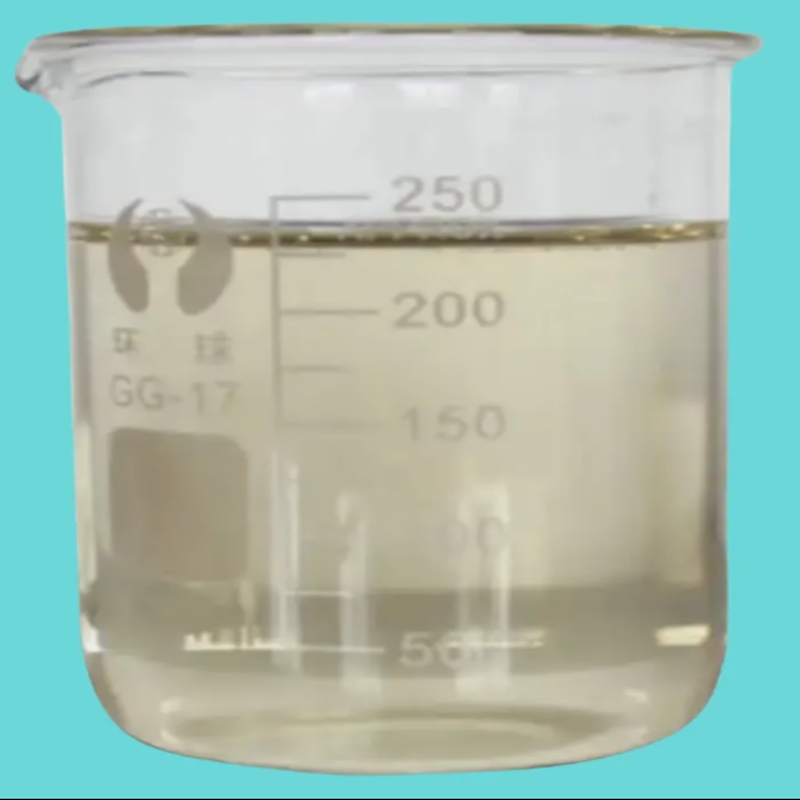-
Categories
-
Pharmaceutical Intermediates
-
Active Pharmaceutical Ingredients
-
Food Additives
- Industrial Coatings
- Agrochemicals
- Dyes and Pigments
- Surfactant
- Flavors and Fragrances
- Chemical Reagents
- Catalyst and Auxiliary
- Natural Products
- Inorganic Chemistry
-
Organic Chemistry
-
Biochemical Engineering
- Analytical Chemistry
-
Cosmetic Ingredient
- Water Treatment Chemical
-
Pharmaceutical Intermediates
Promotion
ECHEMI Mall
Wholesale
Weekly Price
Exhibition
News
-
Trade Service
On April 25, the reporter learned from the Qingdao Institute of Bioenergy and Processes, Chinese Academy of Sciences that the membrane separation and catalysis research group led by researcher Jiang Heqing has made new progress in the regulation of polyamide composite membrane structure.
Membrane separation technology has been widely used in seawater desalination and CO2 capture due to its advantages of small footprint and simple operation
The surface morphology and microstructure of polyamide composite membranes have an important influence on its separation performance.
In response to the above problems, the membrane separation and catalysis research group led by researcher Jiang Heqing found that the introduction of graphene oxide as a transition layer on the surface of the porous substrate can regulate the interfacial polymerization process and the microstructure of the polyamide active layer, and develop a uniform and dense polymer.
Recently, the research group introduced nano Zr-based metal-organic frameworks (MOFs) into the aqueous phase of organic amines as precursors for interfacial polymerization, and used the interaction between MOFs and organic amine monomers to control the organic amine monomers in The diffusion rate in the water phase and the polymerization process of the water phase-oil phase interface, and then adjust the thickness and surface structure of the polyamide separation layer, and develop a polyamide with a separation layer thickness of 145 nm and a special nanostripe "Turing" structure.







